
Sales of fresh meat and poultry have soared this year as shoppers cut back on takeaways and eating out. But they are increasingly shunning meat-free options, The Grocer’s flagship Top Products survey, produced in association with NIQ, can reveal.
Total fresh meat sales are up £481.3m, the data [52 w/e 18 September] shows, with beef alone adding £242.1m in sales – the largest absolute value gain out of the thousands of products in The Grocer’s annual’s survey. Volumes have risen by 6.8 million kilos.
Lamb also enjoyed strong growth, adding £37m and 1.8 million kilos.
But gains haven’t been limited to red meat. As cash-sensitive Brits cut back on takeaways and meals out, almost all fresh produce categories have cashed in on the trend for home cooking – including fresh fruit (+£463.5m), fresh veg (+£374m), fresh salad (+£285.3m) and fresh poultry (+£247.6m) – with increases in value and volume.
Shoppers have been “switching into more expensive cuts such as slow-cooked beef, joints and steaks to create more luxurious meals at home as a treat”, said Grace Randall, AHDB lead retail insight manager.
And there were “multiple factors” driving the fresh poultry category, said a 2 Sisters Food Group spokesman. “Shoppers are continuing to look for versatile, more value-driven alternatives. We’re also seeing an increased focus on replicating out-of-home eating experiences in the home.”
Julian Marks, CEO of fresh produce supplier Barfoots Group, added that while healthy eating and environmental impact were driving veg sales, “consumers may also be turning to scratch cooking in a bid to save money versus eating out”.
Shoppers ‘re-evaluating red meat’

Adam Leyland, The Grocer’s editor-in-chief, said the resurgence of red meat was this year’s “biggest surprise”.
“The category has been in decline for a number of years amid widespread health and environmental concerns. And the strong growth in sales partly reflects the overall revival of scratch cooking,” Leyland added.
“But whether it’s the influence of social media on the smash burger craze, the launch of clever new product development from supermarkets and their suppliers, or disaffection with meat-free innovation, it’s clear that shoppers have been reevaluating red meat.”
The home cooking trend has also benefited many kitchen cupboard staples. Dried herbs and spices have grown faster in volume terms (by 14.2%) than any other category.
Read more:
-
The Big Book of Grocery: Top Products Survey 2024
-
Top campaigns 2024: Who killed the traditional TV ad?
-
Shoppers have been re-evaluating red meat, but not necessarily in a good way
And rice remains Brits’ starchy side of choice, with a 7.9% volume gain. That was due in part to Brits being more adventurous at their stoves, suggested Harry Dulai, Surya Foods group CEO.
“There’s growing interest in a much more diverse range of Asian cuisines as people look for exciting new flavours that are affordable and easy to prepare,” he said.
But the meat-free category (-£37.1m) continues to decline, dipping below £500m in value. Market leader Quorn (-£16.5m) was the biggest casualty, although some brands are still in growth.
However, Leyland stressed the meat-free category “shouldn’t be written off”.
”There are concerns about the taste, healthiness and value of meat-free alternatives,” he added. “But there’s still some brilliant innovation coming through in the meat-free-space. The number of vegetarians and vegans keeps growing for ethical, environmental and health reasons, and indeed legislation is also looming amid concerns over the UK’s legally binding net zero obligations.”

Changing shopping habits
The increase in scratch cooking comes amid mounting pressure on Britain’s hospitality sector.
October marked the fourth consecutive month of below-inflation like-for-like growth, reflecting fragile consumer confidence [CGA RSM Hospitality Business Tracker]. Takeaway sales also struggled this year, dropping 4% in February for leading managed restaurant groups.
“Shopping habits have changed once again,” said NIQ UK & Ireland managing director Rachel White. “What we are seeing in this year’s survey is a return to scratch cooking and the preparation of fresh meals. Perhaps this is a nod to trends in healthier living – with consumers taking the time to prepare meals together, sourcing fresh and healthy products and consuming less alcohol – but it’s also a product of the cost of living crisis, as shoppers cut back on takeaways and eating out to save money.”
With inflation now largely under control in grocery retail, the reintroduction of branded promotions has helped stem the slump in overall branded volumes. But inflation is still having a material impact on the market, the survey reveals.

A less obvious casualty is chocolate confectionery (+£532.6m), which actually recorded the biggest increase in value sales across the Top Products Survey.
However, volumes fell and most of the value gains reflect price hikes linked to soaring cocoa commodity prices, as cocoa beans futures reached an all-time high of $12,000/tonne earlier this year. It was a similar story for Cadbury Dairy Milk (+£72.4m), where the leading chocolate brand’s strong value sales again masked lower volumes.
The cost of living crisis is likely also to blame for the decline in sales in many alcoholic drinks categories, although the government’s duty hikes have also played a part. Spirits (-£52.6m), sparkling wine (-£19.9m) and champagne (-£12.1m) all fared badly. And alcohol brands accounted for 50% of the top 10 fastest falling products, including lager brands Foster’s (-£34m) and Carling (-£22.2m) as well as the UK’s leading gin brand Gordon’s (-£21.4m).
It was a different story in energy drinks. Monster (+£103.6m) and Red Bull (+£84.7m) were the strongest performing brands in terms of value sales. But after enjoying stratospheric growth, following its social-media fuelled launch, sales of Prime (-£63.1m) came crashing down to earth.
The biggest overall casualty, however, was disposable vaping brand ElfBar (-£284m), while the overall fastest growing product was SKE Crystal Bar (+£240.8m).
”There are clear signs that the vaping category may have passed its peak ahead of next year’s duty hikes and increased legislative restrictions,” Leyland concluded.
“But the changing of the guard, with three different vaping brands taking the number one slot in three different years, shows that the vaping category is still very much prone to fast-moving fads as vaping brands try to create excitement through continued innovation. It will be fascinating to see how the market responds to increased prices and how suppliers move on from disposables.”



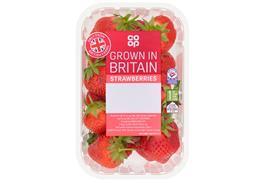

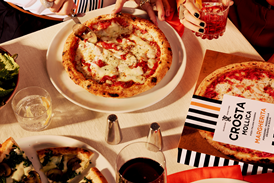


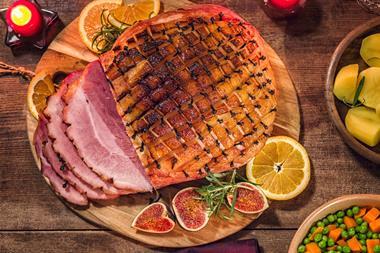
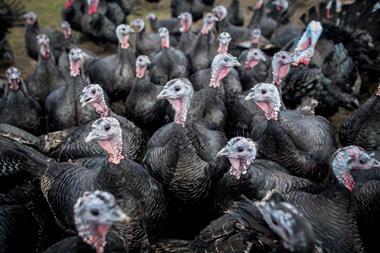

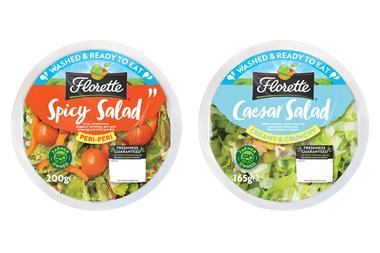
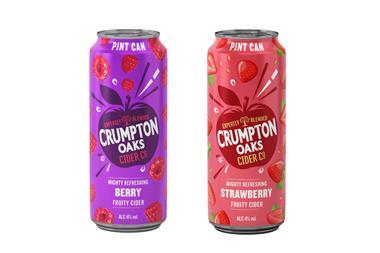
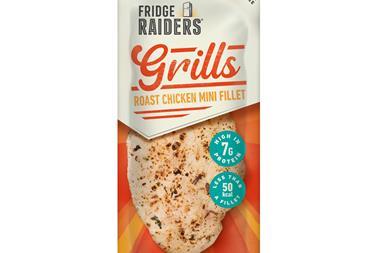
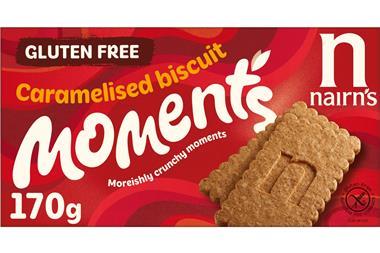
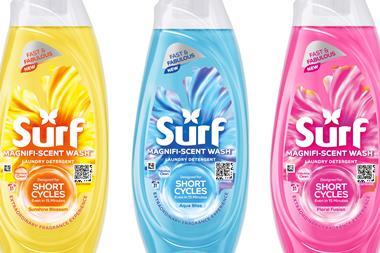
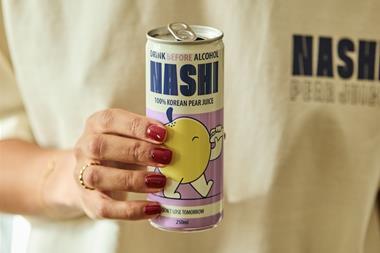

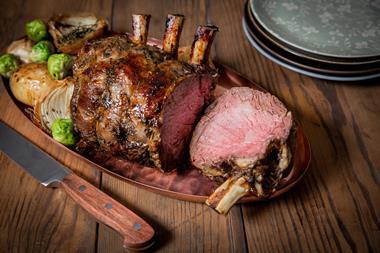
No comments yet